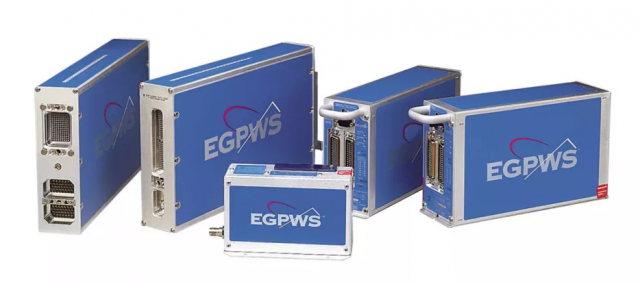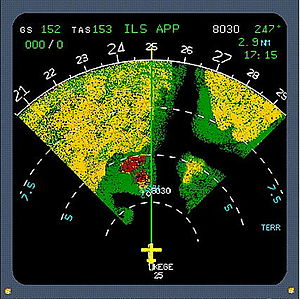GPWS vs EGPWS
Ground Proximity Warning System (GPWS) and Enhaced Proximity Warning System (EGPWS) are safety systems that are installed on aircraft to provide pilots with visual and auditory warnings of potential ground collisions. GPWS utilizes a combination of altitude, airspeed, aircraft configuration data and height over the terrain to monitor the aircraft’s position and trajectory relative to the ground, and provides warnings to the pilots when it determines that the aircraft is at risk of colliding with the ground.
GPWS was developed in the 1970s in response to a high number of controlled flight into terrain (CFIT) accidents, which occur when an aircraft is unintentionally flown into the ground or an obstacle.
CFIT accidents can be caused by a variety of factors, including poor weather conditions, navigational errors, or pilot disorientation.
GPWS was designed to help prevent these types of accidents by providing pilots with timely and accurate information about the aircraft’s position and altitude, and by alerting them to any potential hazards.
GPWS consists of a computer system that is installed on the aircraft, along with a series of sensors and transducers that measure various parameters such as altitude, airspeed, and aircraft configuration. The system uses this data to calculate the aircraft’s position and trajectory relative to the ground, and to determine whether there is a risk of collision. If the system detects a potential collision, it sends a warning to the pilots through a series of visual and auditory alerts.
There are several types of GPWS warnings, including terrain warning, altitude warning, and excessive descent rate warning. Terrain warning is activated when the aircraft is flying too low and is at risk of colliding with the ground or an obstacle. Altitude warning is activated when the aircraft is flying too low or too high relative to the ground. Excessive descent rate warning is activated when the aircraft is descending too rapidly, which could lead to a collision with the ground or an obstacle.
GPWS has proven to be highly effective in reducing the number of CFIT accidents. Since its introduction, GPWS has helped to prevent numerous accidents and save countless lives.
However, GPWS is not a substitute for good judgment and decision-making by pilots, and it is important for pilots to use all available resources and follow established procedures when flying in order to ensure the safety of their flights.
In addition to GPWS, there are other safety systems that are designed to help prevent CFIT accidents, including terrain awareness and warning systems (TAWS) and enhanced ground proximity warning systems (EGPWS). TAWS is an advanced version of GPWS that uses more sophisticated sensors and algorithms to provide pilots with a more detailed and accurate picture of the aircraft’s position and trajectory relative to the ground. EGPWS is a further evolution of TAWS that includes additional features such as wind shear detection and in-flight obstacle avoidance.
Overall, GPWS is an important safety system that has helped to significantly reduce the number of CFIT accidents and save countless lives. By providing pilots with timely and accurate information about the aircraft’s position and altitude, GPWS helps to ensure the safety of aircraft, passengers, and crew.
In 1996 was first introduced the EGPWS, where “E” stands for Enhanced.
The new EGPWS system adds to the basic 5 modes of the GPWS a global map of the terrain so that it doesn’t work only scanning the terrain below the airplane with the Radio Altimeters but can alert the crew of obstacles and terrain ahead of the airplane’s path, by knowing the position and comparing with the terrain database.
EGPWS will alert che crew with Cautions or Warnings, according to the predicted time to impact (60 or 30 seconds).
It’s “sensitivity” (closure to terrain) is reduced thanks to a function, called TCF (Terrain Clearance Floor) when the airplane is approaching an airport runway for landing.


0 Comments